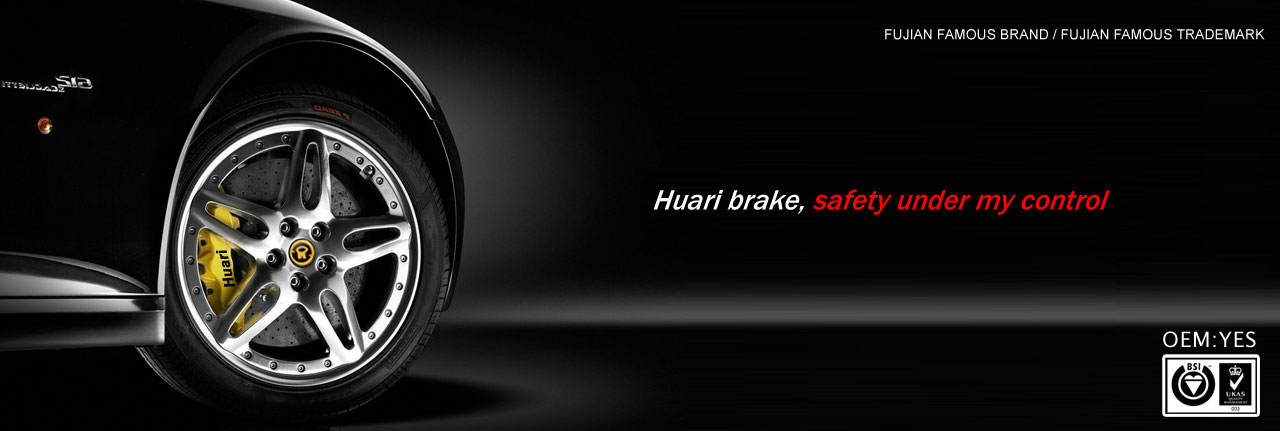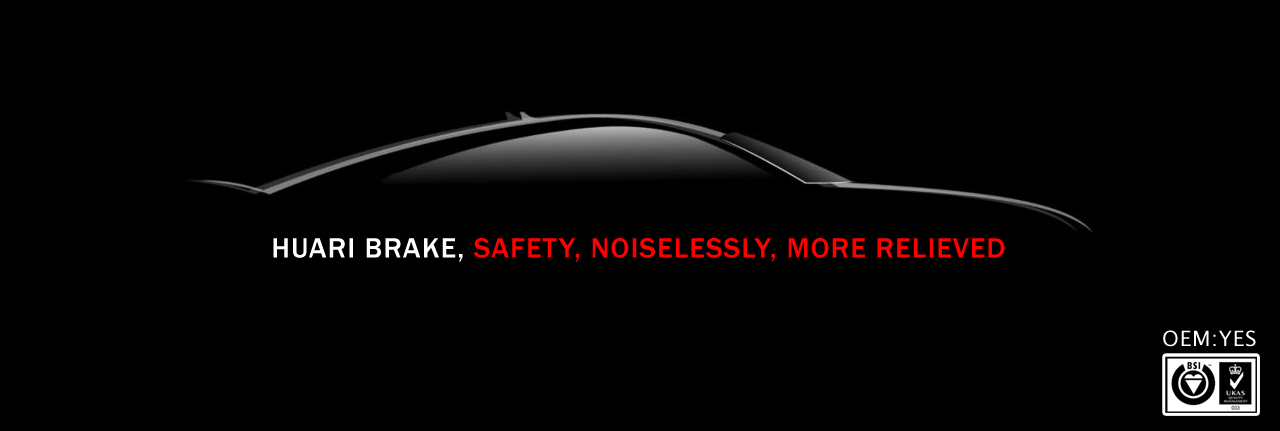Different Types Of Brake Pads
Brake pads are one of the main components in a normal vehicle’s braking system and are very important in terms of a vehicle’s safety. This is because without them, the wheels would wear down, the braking power would be reduced and the actual braking system itself would suffer from damage. This makes deciding on the correct type of brake pads very important as the different types of brake pads each have certain characteristics. So each type is suitable for certain types of vehicles and fitting the incorrect type could lead to serious problems with your braking system.
There are a number of different types of brake pads and for some people, deciding on the most suitable brake pad type can be difficult. Each different type of brake pad is made of different materials and varies in a number of factors such as performance and longevity. Also, due to the different specifications of a vehicle, there is a direct correlation to the type of brake pad that will be required depending on the weight and speed of the vehicle.
FMP Motor Factors have provided a guide that illustrates the different types of brake pads, each of the different type’s characteristics and how to decide which type of brake pad is right for your specific vehicle.
Different Types Of Brake Pads
The actual braking system itself is made up from a number of individual car parts that work together to respond to the actions of the driver in order for the vehicle to slow down or stop. A crucial part of these components is the brake pads and without the correct type of pads, the stopping distance of the vehicle will be severely affected. The brake pad itself works by creating a constant friction between the pad and the car’s brake discs. As the brake is applied by the driver, the brake pad is forced against the brake disc and this contact creates enough friction between the two surfaces to apply a slowing momentum on the wheel.
As has been mentioned previously, there are a number of different types of brake pads that are available. It is important to know the different types and which one is best suited to your particular vehicle. The different types of brake pads that are most commonly used can be found below.
- Metallic pads – metallic pads are undoubtedly the most common variety of brake pads and are found on many of today’s vehicles. A unique blend of different metals creates metallic brake pads and they’re affordable, durable and offer good performance. They’re best installed on small vehicles that don’t witness very aggressive driving.
- Organic pads – organic pads are made up of organic materials like rubber, glass and resin which as the binding agent. Asbestos was the material of choice in earlier years as it dissipated heat well. However, the dust created was dangerous to health and the environment so it was replaced by more natural materials. Unlike metallic pads, organic pads are lightweight and produce very little noise. They’re ideal for small vehicles and vehicles that don’t see a lot of aggressive driving. However, their softness means they wear out faster so more dust is produced.
- Ceramic pads – ceramic brake pads are recommended for high performance vehicles that witness sharp turns, high speeds and frequent stops. Ceramic pads are the most expensive of the brake pads that are available as a consequence of its high performance and this means that they are usually found on performance or racing cars as their distinctive advantages are best suited to these performance models.
Which Type Of Brake Pad Is Right For You
Now that you know some of the most common types of brake pads, it is important that you are able to identify which type of brake pad is the most suitable for your requirements. Different types of vehicles will require a different set of characteristics for their brake pads and if you choose a type of brake pad that is unsuitable, your braking system will suffer as a consequence. FMP Motor Factors have provided a guide where we run through the best type of brake pad for each type of vehicle which you can see below.
- Light-compact cars – it doesn’t take as much force to stop a compact car as a heaver vehicle like a truck. So for typical light-compact cars organic compound brake pads will suit just fine. They have enough stopping power, will be much quieter than other brake pads available, and are inexpensive. If you start to notice some brake dust build-up you can also substitute in a ceramic brake pad for more money.
- Mid-size cars – due to their increased size, a slightly beefier pad may be recommended such as a low-metallic NAO set. The metal in the pad will provide better stopping power but may also be a little noisier. Once again, ceramic pads would be a great fit but at a bigger price.
- Sport cars – anything that can go from 0-60 mph in the blink of an eye also needs to go from 60-0 mph just as fast. A semi-metallic brake pad or performance ceramic brake pad set would be optimum for these vehicles.
- Trucks, SUV’s and vans – upgraded or heavy duty brake pads would be the best for these types of vehicles due to the increased weight and need for more braking power. This means that semi-metallic brake pads or brake pads that have a high metal content are needed. A general rule is that the more braking power you need, the more metal content should be in your brake pads. Although these can be noisier, they may also save your life.
2016-10-17 22:27:35
ADD:No. 1, Xiaban, Xiufeng Village, Shekou Town, Fu'an City, Ningde City, Fujian Province TEL:0086-0593-6388368||6558596 FAX:0086-0593-6338966 E-mail:brake@fjhuari.com / huari3348@126.com
Copyright ? 2013 Fujian Huari Automotive Parts Co., Ltd. All Rights Reserved.
Copyright ? 2013 Fujian Huari Automotive Parts Co., Ltd. All Rights Reserved.






